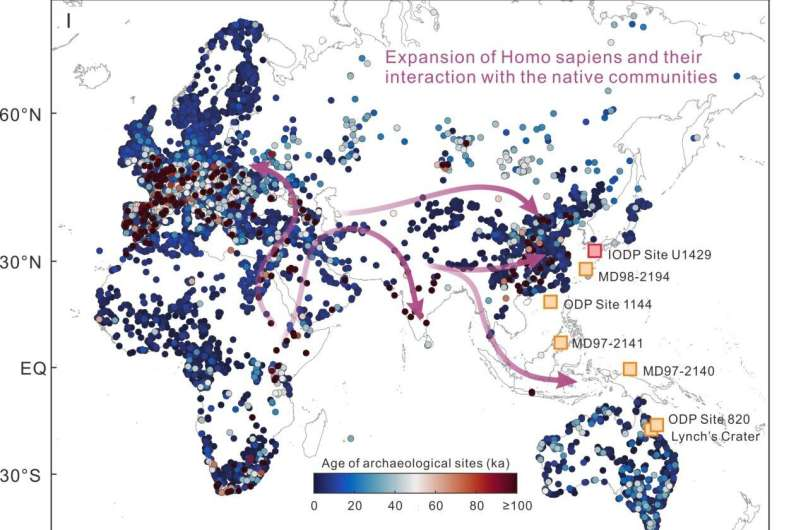A Discovery Frozen in Time
Archaeologists have uncovered a remarkable snapshot of history near Pompeii—ancient footprints left behind by Bronze Age people and animals fleeing an eruption of Mount Vesuvius. These imprints, preserved in volcanic ash for over 4,000 years, date back to the catastrophic Avellino eruption of 1995 BC.
While the AD 79 eruption of Vesuvius is infamous for burying Pompeii and Herculaneum, this earlier disaster was even more severe, triggering a mass exodus and reshaping the landscape for centuries. The newly discovered tracks provide a haunting glimpse into the desperate escape of those who lived in the shadow of the volcano.
The Avellino Eruption: A Forgotten Catastrophe
Long before the Roman Empire, the Avellino eruption devastated the region with a violent release of pumice, ash, and pyroclastic flows. Studies suggest the eruption lasted at least three hours and wiped out entire communities. Evidence shows that thousands of people evacuated in haste, leaving behind only their footprints in the soft volcanic material.
Despite the devastation, people eventually returned to the area. By the time of the AD 79 eruption, the region had become a thriving hub of Roman civilization, home to the prosperous cities of Pompeii and Herculaneum.
Footprints of a Desperate Escape
The footprints, discovered near the Casarzano stream about 13 kilometers (8 miles) east of Pompeii, include human tracks alongside those of animals, possibly sheep and goats. Experts believe men, women, and children—some barefoot, others wearing simple footwear—fled as the volcano spewed ash and toxic gases.
The discovery, revealed by Italy’s Superintendency of Archaeology, Fine Arts, and Landscape, has been described as an "extraordinary archaeological find." Researchers say these tracks offer an emotional testament to the sheer terror of the eruption and the struggle for survival.
Life After the Disaster
Despite the destruction, the region was not abandoned forever. Archaeological evidence, including ceramic shards and structural remains, points to a well-organized settlement that emerged centuries later. By the late Bronze Age and early Iron Age (1200–900 BC), semicircular huts—known as "absid" huts—were scattered across the landscape, indicating a community that endured despite the past devastation.
When Mount Vesuvius erupted again in AD 79, it buried entire Roman cities under layers of ash. However, unlike the earlier Avellino eruption, many bodies were preserved in a protective shell of ash, allowing modern archaeologists to create plaster casts that capture their final moments.
What the Avellino Eruption Means for the Future
Volcanologists warn that the Avellino eruption serves as a dire warning for modern times. A 2006 study described it as "even more devastating" than the AD 79 event, and scientists now see it as a worst-case scenario for a future eruption of Mount Vesuvius.
Mount Vesuvius remains one of the most dangerous volcanoes in the world. Even a moderate eruption could trigger a chain reaction, including tsunamis that might disrupt vital infrastructure. While predicting volcanic eruptions is challenging, this discovery reminds us of the immense power of nature and the vulnerability of those who live in its shadow.
The ancient footprints near Pompeii tell a powerful story of survival, resilience, and the unrelenting force of Mount Vesuvius—one that continues to shape the region’s history to this day.








